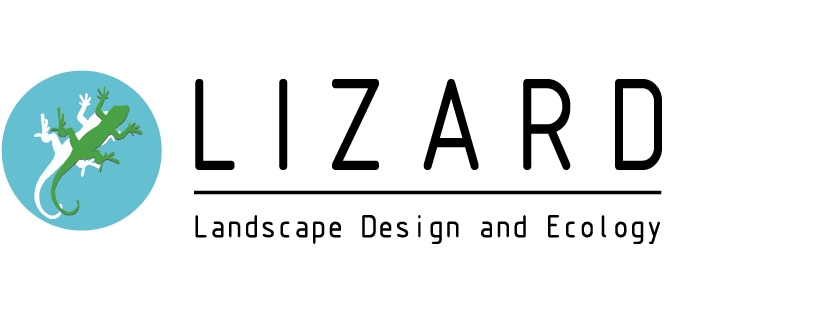Landscape management services are intended to assist with the sustainability, biodiversity and ecology of a landscape to help meet present and future needs. There are a number of considerations when drawing up long term management plans for a landscape including the functionality, biodiversity and natural beauty of a landscape. Once the plan has been implemented, a monitoring service is important to ensure that the required standards are being met.
The first step in putting together a longterm management plan is carrying out a landscape appraisal and assessment. This helps provide an initial idea of the biodiversity that will need to be maintained as well as key steps that will need to be taken to maintain different aspects of the landscape. In some cases, a longterm strategy might relate to restoring a landscape.
Read more for some further information on the ways in which a landscape architect can assist with putting together a long term landscape management plan.
Landscape Audit
A landscape audit contributes key information to a longterm plan for landscape management. This assessment can establish the challenges that are present in managing a landscape and also identify the key factors that should be prioritised in a strategy to maintain biodiversity and ensure a sustainable approach. This is a key step in ensuring that sustainability is prioritised as it will establish steps that need to be taken in order to ensure that biodiversity is maintained in addition to establish if anything will need to be removed from a site from an ecological standpoint in a longterm landscape management plan.
New Designs and Development
There are a number of ways in which landscape development plans can impact on a site. When creating a landscape management plan it is important to assess the scope and impact of any future plans and steps that can be taken to mitigate the impact on biodiversity and ecology. By providing assessments of the landscape, it is possible to ensure that development plans are compatible with sustainability and biodiversity goals for a given site.
Change of Usage
One example of a situation where a new landscape plan might be implemented is if an area is opened up to the public. This will introduce a number of factors for a given site which will need to be managed. It is important to have a clear understanding of the biodiversity and ecology of a site before making changes to its usage. This ensures that the effectiveness of a given management plan can be monitored accurately over time. In addition to opening sites to the public other changes of usage could relate to habitat creation or nature conservation.
Get in Touch
To discuss landscape management services with our experienced team and Lizard Landscape Design and Ecology call 01903 216033 or email us at lizard.landscape@btconnect.com and one of our team will get back to you.

